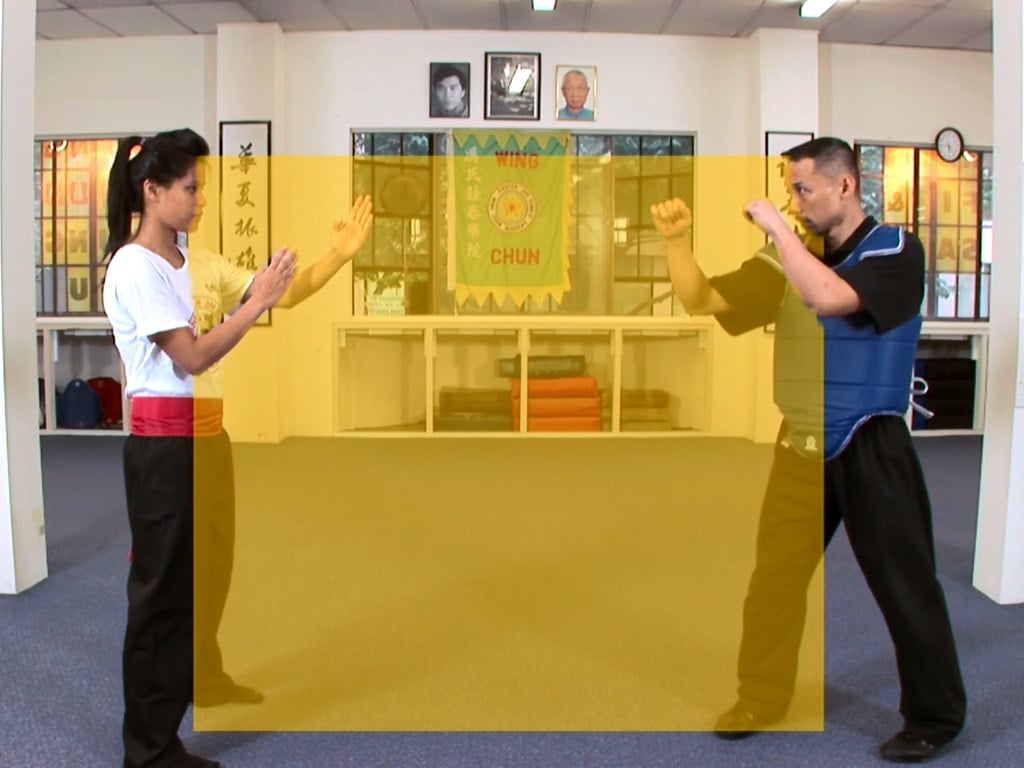- Thread Starter
- #21
The point is if style x is based on throwing, style y is based on locking and style z is based on kicking. Wouldn't it be fair to say that style d which is based on throwing be similar to style x? Now if we determine that style x & style d share 75% of their principles, concepts & theory, couldn't we presume that they are related and most likely of shared ancestry. If during the course of their evolution the fundamental technology is not changed only the aesthetics is it any different than it's relative. Take the example of a compound bow. One is plain with no adornments, is red and uses target arrows, it is also used exclusively for target practice. The other is decked out in camouflage, has silencers, a sight and uses hunting arrows. Are they fundamentally different? No, they are both compound bows, they are simply used differently. It is not a comparison of hunting rifle to hunting bow. Though used for the same purpose, the technology used is not the same. So we cannot use the generalization that all boxing styles are the same, we must look at their technological make up to determine its classification.Well, sure. But where do you draw the line? I mean in the end aren't ALL martial arts really just variations on the same intent....to fight? If fighting in general is the basic Recurve Bow, couldn't ALL martial arts that are based upon Bow and Arrow principles really be the same thing, just decorated differently? Couldn't they just be called something like Japanese Martial Arts, Korean Martial Arts, Chinese Martial Arts, etc. ;-) My point is you can generalized or particularize as much as you want. What does it really mean in the end? Maybe there are some versions of Wing Chun that are very similar to White Crane and the two may just look like variations of the same thing. But I don't think that is true of the version of Wing Chun that I practice! Maybe 150 years ago White Crane and Wing Chun were variations on a theme. But both have evolved in their own directions.


